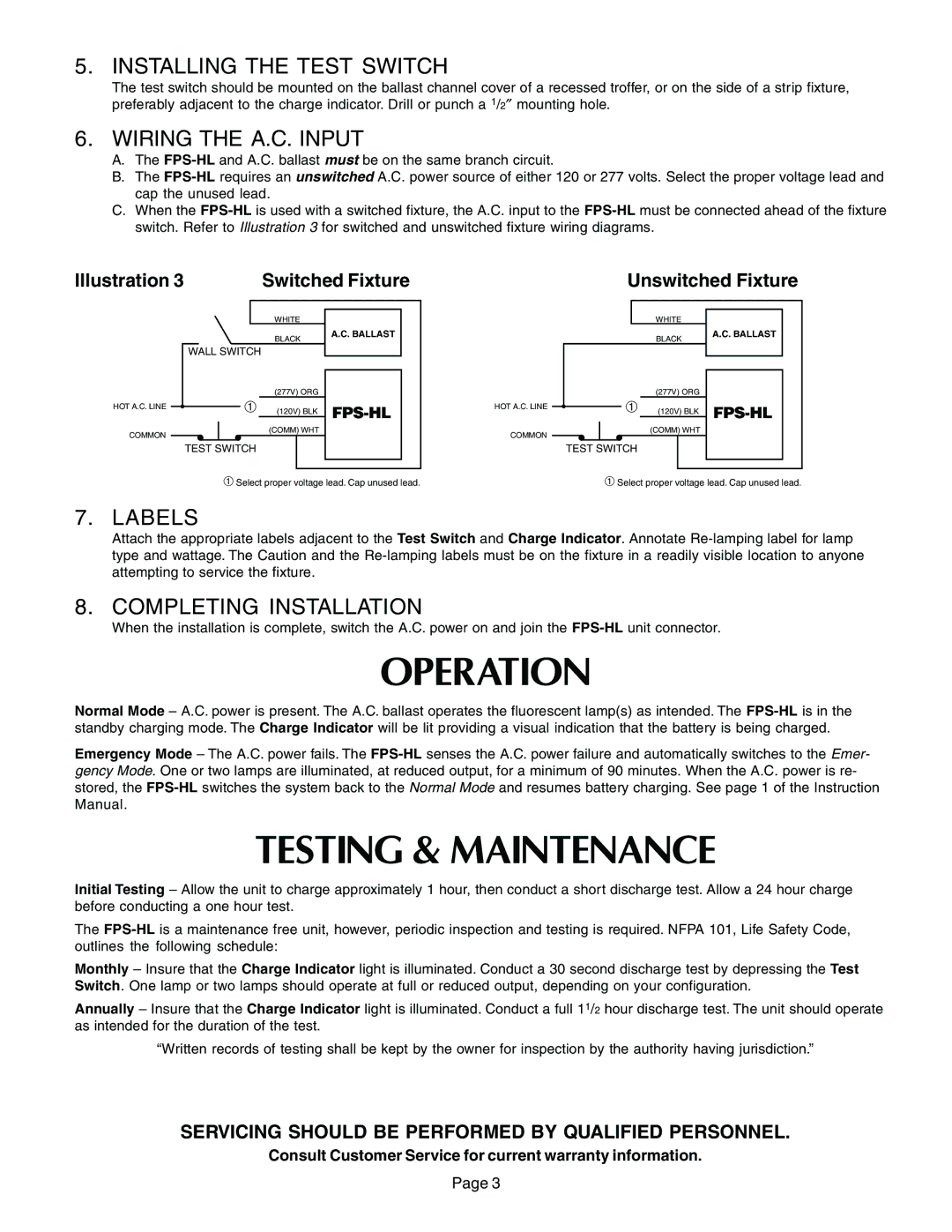FPS-HL specifications
Thomas & Betts, a leader in electrical components and solutions, offers a diverse range of products designed to meet various industrial needs. Among their offerings, the FPS-HL (Flat Panel Support - Heavy Load) stands out as a robust solution for supporting flat panel equipment in demanding environments.One of the standout features of the FPS-HL is its high load capacity. Designed to support significant weight, it ensures that flat panels—whether they are displays, screens, or other types of equipment—are securely mounted. This is particularly beneficial in industrial settings where heavy equipment is commonplace.
The FPS-HL boasts a durable construction that is resistant to corrosion, making it suitable for use in harsh environments. The materials used in its manufacturing undergo rigorous testing to ensure they can withstand exposure to various chemicals and elements that are often present in industrial settings. This durability extends the lifespan of the support system, reducing replacement costs and downtime.
Another notable characteristic of the FPS-HL is its versatility. It can be installed in a variety of orientations, allowing users to adapt the mounting solution to their specific requirements. This flexibility is crucial in environments where space is limited or where specific angles of mounting are necessary for optimal performance.
The FPS-HL also incorporates advanced technology to facilitate easy installation and maintenance. With its user-friendly design, technicians can swiftly install the support system, which minimizes labor time and costs. Furthermore, the support's maintenance features allow for quick inspections and adjustments, ensuring that the equipment remains secure over time.
Safety is always a priority when dealing with heavy loads, and the FPS-HL includes features designed to enhance stability and prevent accidents. The support system is engineered to distribute weight evenly, reducing the risk of tipping or falling. This is critical for maintaining a safe workplace, particularly in areas where personnel may be working in close proximity to heavy equipment.
In summary, the Thomas & Betts FPS-HL is an ideal choice for industries requiring a robust, reliable, and versatile flat panel support system. With its high load capacity, durable construction, ease of installation, and emphasis on safety, it addresses the critical needs of modern industrial applications. Whether in manufacturing, warehousing, or other sectors, the FPS-HL provides a dependable solution for mounting heavy flat panel equipment securely.

